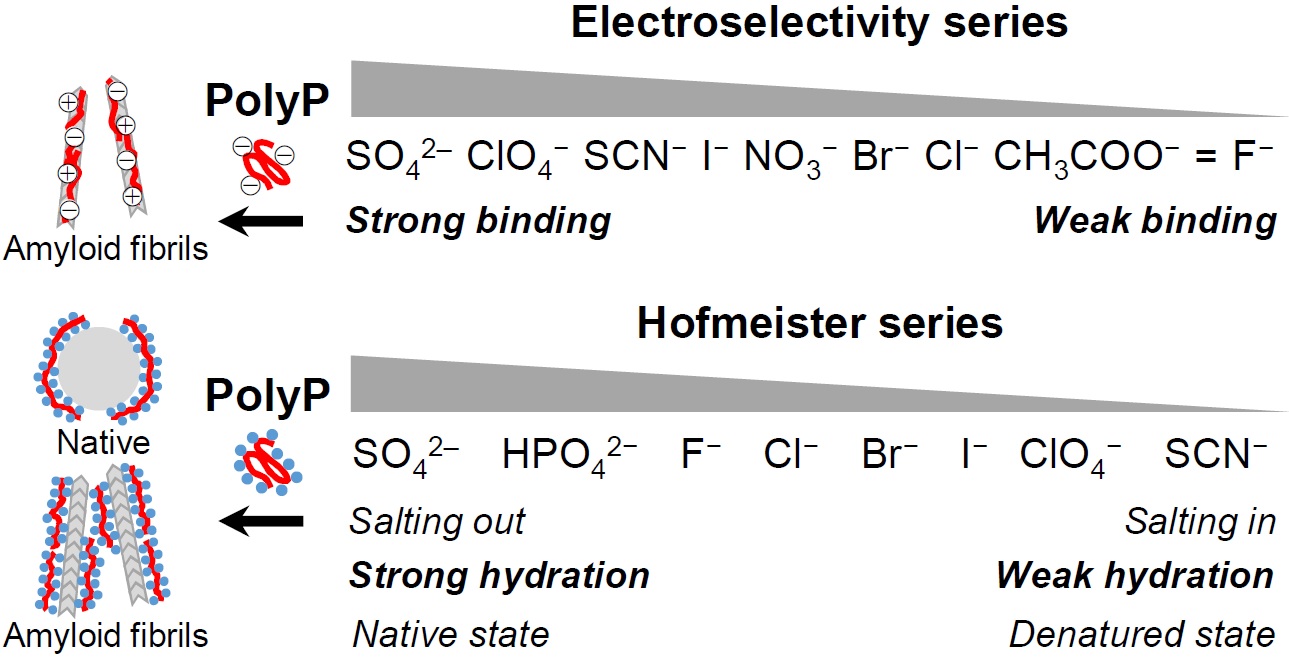1
"Mechanisms of polyphosphate-induced amyloid fibril formation triggered by breakdown of supersaturation" by Keiichi Yamaguchi, Kichitaro Nakajima, Yuji Goto is published in BPPB as the J-STAGE Advance Publication.
2023 March 02 BPPB
A following article is published as the J-STAGE Advance Publication in "Biophysics and Physicobiology".
Keiichi Yamaguchi, Kichitaro Nakajima, Yuji Goto
"Mechanisms of polyphosphate-induced amyloid fibril formation triggered by breakdown of supersaturation"
URL:https://doi.org/10.2142/biophysico.bppb-v20.0013
- Abstract
- Much effort has been devoted to elucidate mechanisms of amyloid fibril formation using various kinds of additives, such as salts, metals, detergents, and biopolymers. Here, we review the effects of additives with a focus on polyphosphate (polyP) on amyloid fibril formation of β2-microblobulin (β2m) and α-synuclein (αSyn). PolyP, consisting of up to 1,000 phosphoanhydride bond-linked phosphate monomers, is one of the most ancient, enigmatic, and negatively charged molecules in biology. Amyloid fibril formation of both β2m and αSyn could be accelerated by counter anion-binding and preferential hydration at relatively lower and higher concentrations of polyP, respectively, depending on the chain length of polyP. These bimodal concentration-dependent effects were also observed in salt- and heparin-induced amyloid fibril formation, indicating the generality of bimodal effects. We also address the effects of detergents, alcohols, and isoelectric point precipitation on amyloid fibril formation, in comparison with the effects of salts. Because polyP is present all around us, from cellular components to food additives, clarifying its effects and consequent biological roles will be important to further advance our understanding of amyloid fibrils. This review article is an extended version of the Japanese article, Linking Protein Folding to Amyloid Formation, published in SEIBUTSU BUTSURI Vol. 61, p.358-365 (2021).





